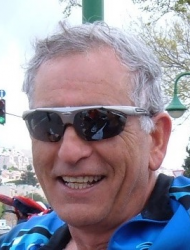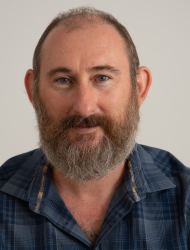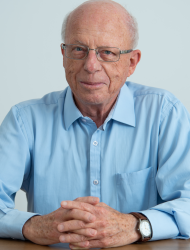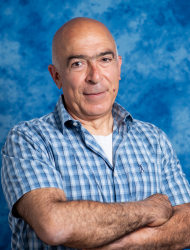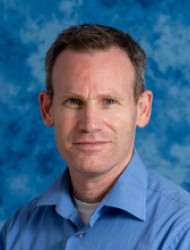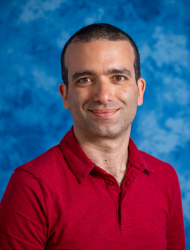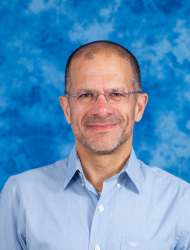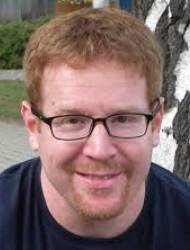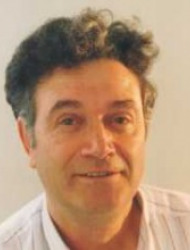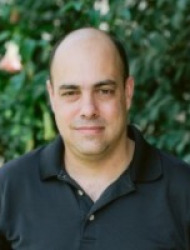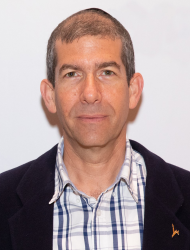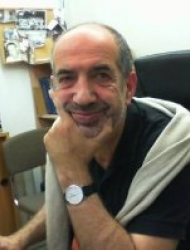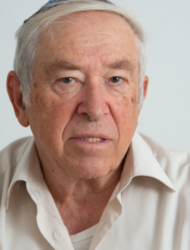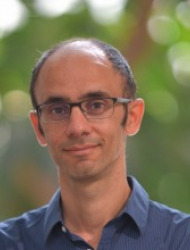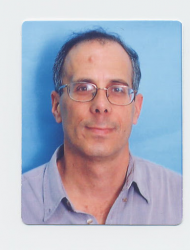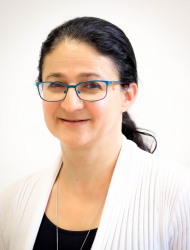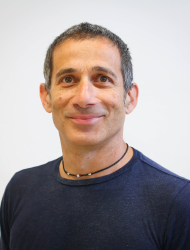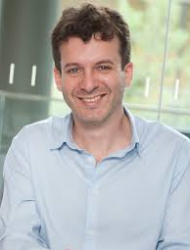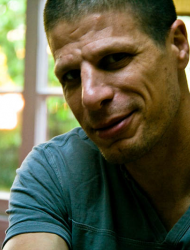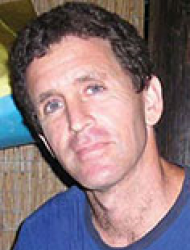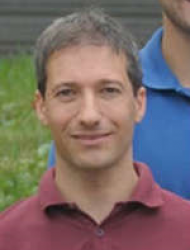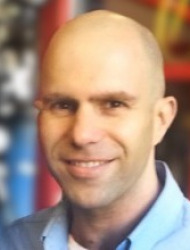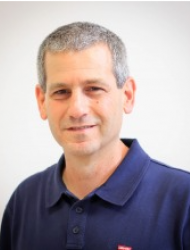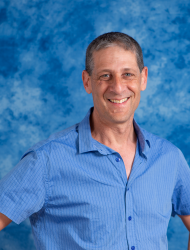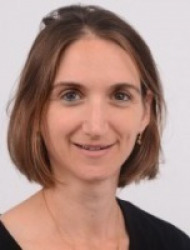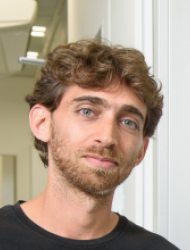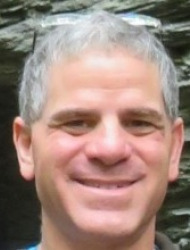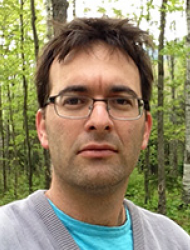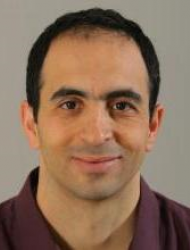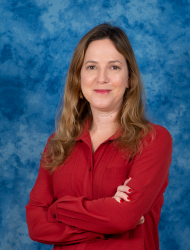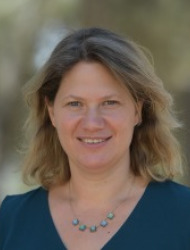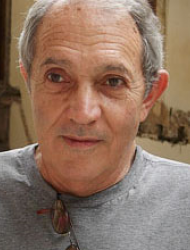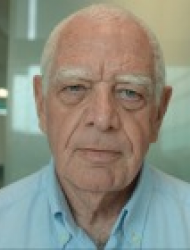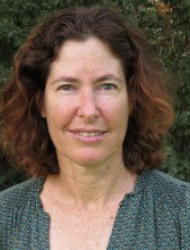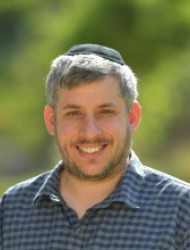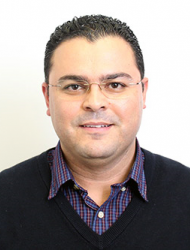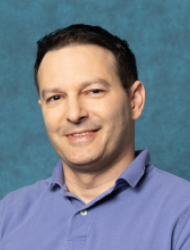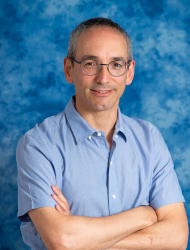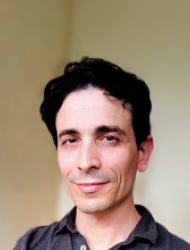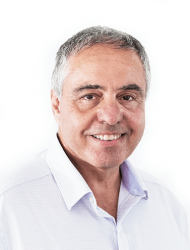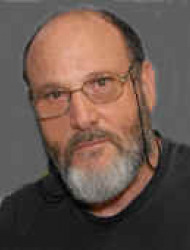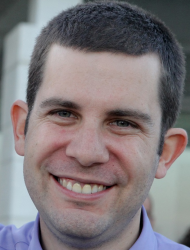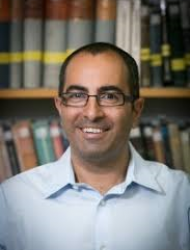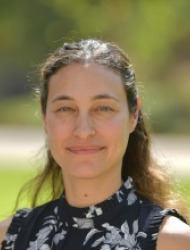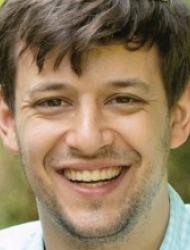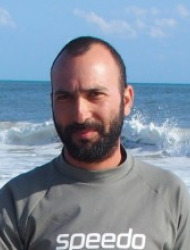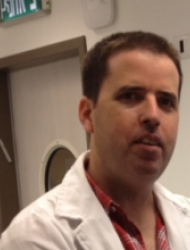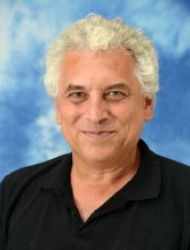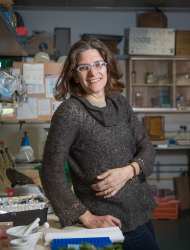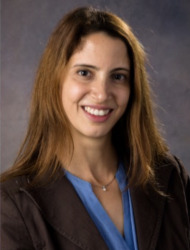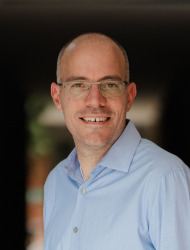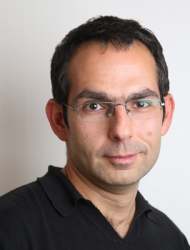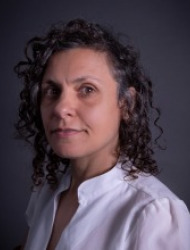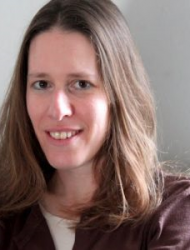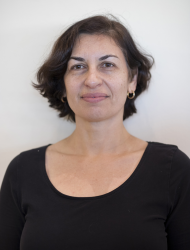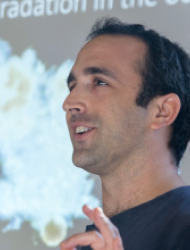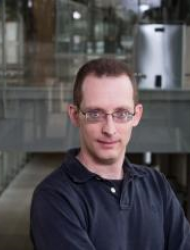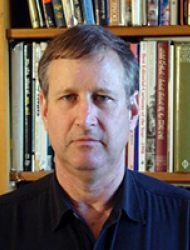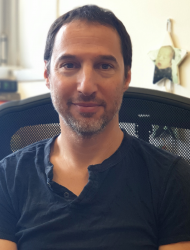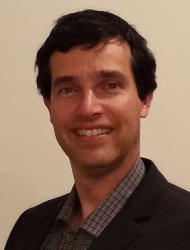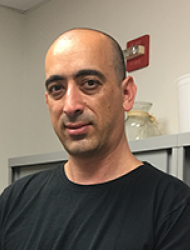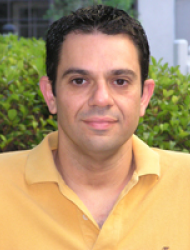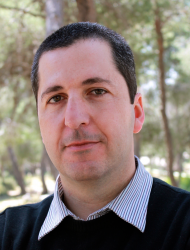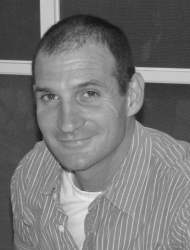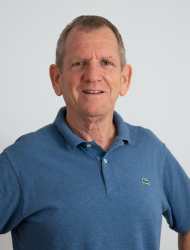Brief Summary of research:
I am marine biogeochemist and I am studying the bioavailability of iron to marine phytoplankton & the interactions between phytoplankton in the ocean and their chemical environment. In the last years we have been investigating an important colony forming marine cyanobacterium, which we discovered employ many unique pathways to capture particles and aerosols and utilize them as a nutrient source. Our studies focus on microbe-mineral interactions, trying to untangle the molecules and pathways involved in particle attachment and translocation along the colony filaments, communication and dissolution of minerals.
With regards to the nano-center, we frequently analyze minerals and cell-mineral interactions with SEM, SEM-EDS, XRD, XRF as well as Nano-SIMS, MALDI and Synchrotron (aboard).
Specific research topics related to Nanoscience and Nanotechnology:
Desert dust is an important source of the nutrients iron (Fe), phosphorus (P), and nitrogen (N) to remote ocean regions, supporting phytoplankton growth and carbon cycling. Desertification induced by global climate change is expected to increase dust fluxes to the ocean. Elucidating the ability of phytoplankton to utilize nutrients from dust, an integrative line of research we have been advancing over the last 12 years, will assist in predicting the function of the ocean as a life-supporting system in the global change era.
Studying natural Trichodesmium colonies from the Gulf of Aqaba, we discovered unique adaptive mechanisms for capturing and storing dust particles within the colony core, enabling efficient utilization of Fe (and P) from dust. We documented a variety of biochemical pathways and physical mechanisms that assist Trichodesmium to obtain Fe from mineral sources. We showed that dust packaging in the colony core is beneficial for uptake, since cell-particle proximity minimize Fe loss by diffusion, and that natural colonies enhance dissolution rates of dust-Fe and Fe-minerals. Lately we found that Trichodesmium and its associated bacteria act together to increase availability of dust-bound iron, where bacteria secrete Fe-binding molecules that promote dust dissolution and Trichodesmium provides dust and optimal physical settings for dissolution and uptake. In addition, we revealed that Trichodesmium can sense Fe and selectively choose Fe-rich dust particles, thus optimizing Fe supply.
Over the last years we expanded our research to the nutrient P and added new disciplines and techniques such as molecular biology (identify microbial interactions and biochemical response to dust), organic chemistry (siderophore characterization), high resolution imaging (Synchrotron, MALDI, NanoSIMS) and micro-electrodes (identify chemical gradients). Trichodesmium is predicted to flourish in the warmer, acidified and “dusty” future ocean. The mechanistic understanding gained by our research on its ability to utilize dust as a nutrient source will enhance our ability to predict the ocean’s operation modes in face of global change, and hence its impact on the atmosphere and climate.
